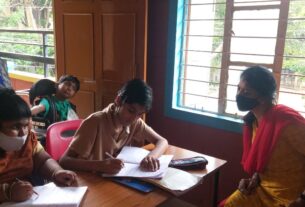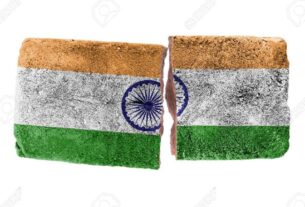Lack of training and awareness around silk reeling a concern, say reelers and experts.
The Central Silk Board highlighted the need of a technological bridge to expand the silk industry in the country. The second Silk Samagra Scheme will cater to silk reelers and potential self-employers/entrepreneurs as it will focus on training and assistance with technology-based machines.
The Silk Samagra Scheme 2 launched last week, aims to focus on setting up individual silk industry units. The second scheme will mainly address the loopholes in the first Silk Samagra Scheme. Due to a lack of knowledge, reelers have been facing issues with automatic reeling machines.
Noorbeg, a silk reeler at MB silk industry in Ramanagara said, “We do not know anything about the scheme and are not given any training. We do have automatic reeling machines but we do know how to use them. Hence, our material gets spoiled when we try to use it. This has further made us suffer due to huge losses. We are more than 300 reelers here in Ramanagara and none of us know much about the technology”
The first silk Samagra scheme aimed at increasing silk production from 30,348 Metric Tonnes (MTs) during 2016-17 to 38,500 MTs by end of 2019-20.
However, now the production stands at 36,000 MTs. Through the second scheme, the aim is to increase the production to 45,000 MTs between 2022 and 2026, said Mr. Itagi, scientist and training head, Central Silk Training and Research Institute.
He said that the training programmes are held every month for various processes like reeling, weaving, printing and dyeing. The training and technological procurement aims at assisting people for starting the business, get bidders and other paperwork done.
Technological advancements like automatic reeling of silk threads from the cocoons and multi-end reeling will be taken to the people from various areas through regional centres and training, he added.
“Out of 140 beneficiaries of the automatic reeling machines which was a part of the first scheme, only 80 were able to properly use the machines. For multi-end reeling machines there are 650-700 beneficiaries,” said Ravi Kumar D, scientist and member of scheme department, CSRI.
He also said that the people who have not been able to benefit from the scheme have faced financial issues and lack of raw material in keeping their production going. “The scheme provides 50 percent subsidy from the government, 25 percent from the state government and the remaining cost along with electricity supplies and other amenities have to be managed by the beneficiary. The total cost comes to around Rs. 2.5-3 crore out of which the government covers Rs. 1 crore, ” he added. Hence, financial reasons, lack of law material and management issues have led to issues in availing proper benefits.
Babu Nimbhayakr, a technician at CSRI said that however the training is provided to the reelers, they end up using the machines in their own ways which hampers the technological advancement in the silk industry.
The technological advancements in the silk industry are yet to scale the industry to new levels. Through different schemes, CSRI scientists along with the government aim to bring in Computer Aided Textile Design (CATD) too, said Kumar. Moreover, technology has helped in extracting impurities from the cocoon without any use of chemicals and environment friendly methods, said Abhilaashi, a scientist at CSRI.
Subhash Nayak, director, CSRI said that the silk industry has a turnover of Rs. 1 lakh crore though the industry is small in volume. Hence, there is scope to add value to its share for sizable amount of business leading to involvement of more work force and employment. India is the second largest silk industry and it imports silk from China, Nayak said. But even China is witnessing a decrease in their silk production and hence through this convergence of technology and skill development programme schemes, India can become the largest silk industry.
The silk board observed the National Technology Day through exhibition of various machines involved in the process of silk reeling, weaving, dyeing, twisting, dyeing and printing.




